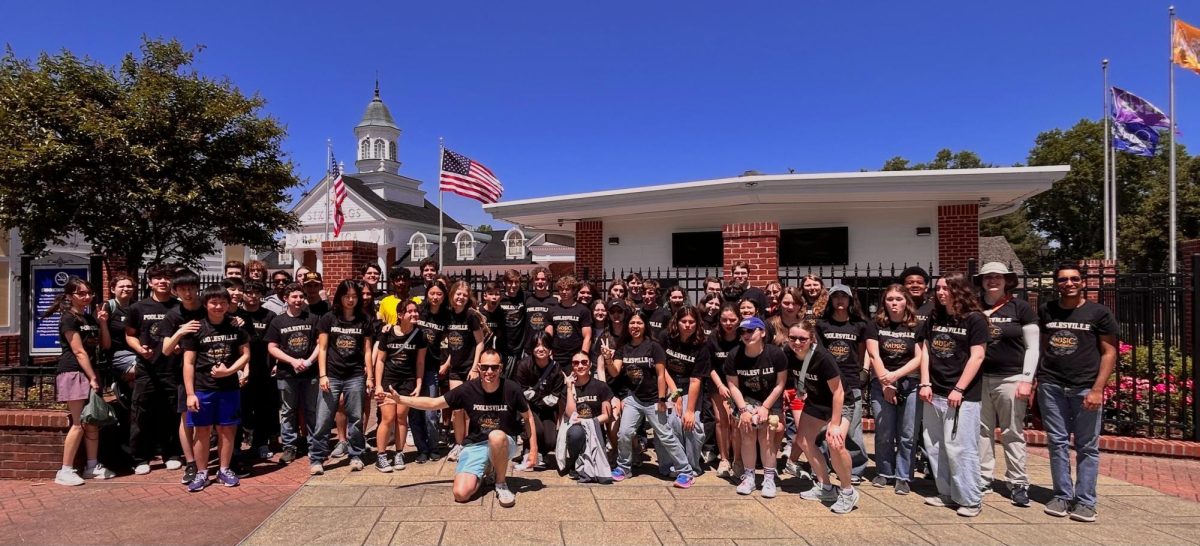In 1249, the Duke of Przemysl I, chose to build his castle in the Polish city of Poznań. Since then, it has been attacked, burned, and torn down by enemies and the test of time. For centuries, it has gone largely undiscovered by archaeological experts. The land that had originated as the Royal Fortress has been a great many different things — the remains had been used to house government buildings and currently the Museum of Applied Arts, which has recently undergone excavations.
An excavation team from Adam Mickiewicz University had begun to excavate underneath the building. The report from Adam Mickiewicz University in Poznań demonstrates that what the team had previously believed to be a medieval residential tower was now disproved to be something much more significant. When the team broke ground to explore the basement, they found a 30x36ft kitchen. The kitchen was discovered to be dating to the 14th or 15th century — one of the oldest royal kitchens preserved in Poland. A large Gothic pillar served as the royal stove, catching fumes, and historical records indicate there is a well located somewhere in the room. Current efforts are focused on finding the well which is believed to be buried under six feet of rubble.
After discovering the medieval kitchen lurking in the Museum’s basement, the archeological team reported that they had then decided to conduct a second strategic excavation — this time in the castle’s courtyard. After digging a 10x13ft trench 16 feet underground, the team discovered more than 6,000 artifacts, which included historic pottery, building ceramics, and animal bones from the time of the original Royal Fortress. Additionally, the team also reported that they had made a groundbreaking discovery. Among the artifacts were various pieces of hypocaustum tile — evidence that the medieval castle was heated.

















